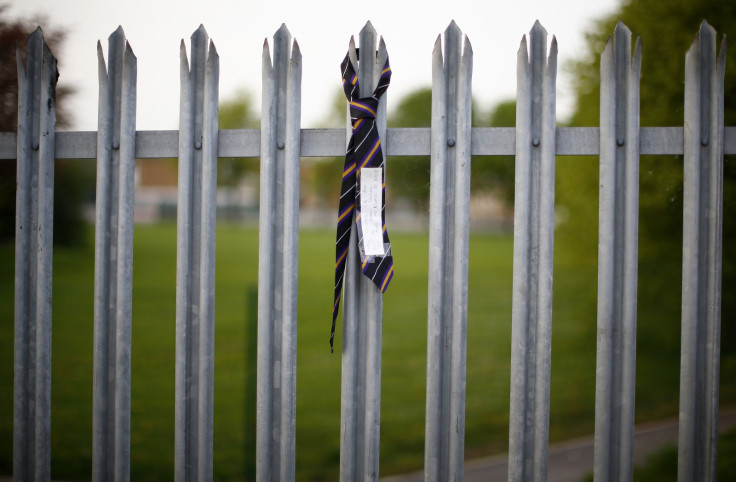Sexual harassment and online abuse are 'a normal part of school life' for children
New figures reveal more than 6,000 children sexually abused at school in the last three years.

Over 6,000 children have been the victims of sexual assault while at school in the last three years. Fresh research shows that there are an average of 10.5 serious sexual offences in England's schools every day. These include rape, exposure, sexual assaults and grooming.
The figures are the result of a Freedom of Information (FoI) request by the Liberal Democrats. The party's education spokesmen, John Pugh, believes these known sex crimes against children could be "the tip of the iceberg".
Pugh said: "I believe these figures are the tip of the iceberg and that is an utterly horrific thought.
"It is good news that more victims have the confidence to come forward and report abuse, which, I believe, in part, explains the figure but I'm shocked and angered by the levels uncovered by our research.
"Our research shows serious and life-changing crimes being committed on school premises."
The latest crime figures from the Home Office have revealed the number of cases of sexual offences committed against children for the 12 months up to and including September 2015, with the Telford and Wrekin area recording the highest rate of child sex crimes.
The crimes across all police forces in England included 303 incidents of rape, 391 of sexual activity involving a child, 310 incidents of sexual assault, 49 cases of exposure and voyeurism, 175 cases of sexual assault on a child aged under 13, and 137 cases of sexual assault of a child aged 13 or over, according to the Mirror.
A recent study by the Women and Equalities Committee heard that sexual harassment has become "a normal part of school life" with sexting and online abuse commonplace.
The report found 29% of 16-to-18-year-old girls had reported unwanted sexual touching at school, while 71% of all 16-18-year-old boys and girls report that girls at school were often described as "slut" or "slag".
The government's response to these alarming figures was "woefully inadequate", the committee said, pointing to an "alarming inconsistency" in how schools deal with sexual harassment and violence.
"Significant qualitative evidence suggests that increasing access to pornography and technological advances, including online platforms, can facilitate harassment and violence and thus exacerbate the problem," the report said.
It added: "Widespread access to pornography appears to be having a negative impact on children and young people's perceptions of sex, relationships and consent."
© Copyright IBTimes 2025. All rights reserved.




















